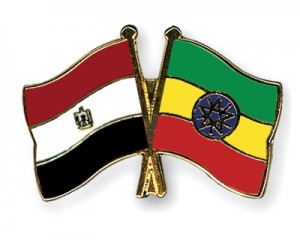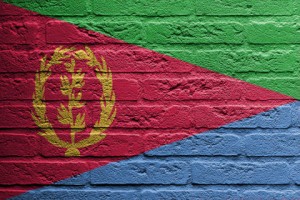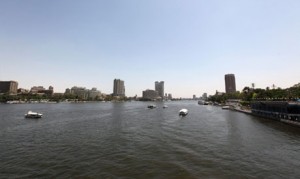
By: Tamiru Arega


Foreign Affairs (DFAIT) announced Wednesday it is expelling Semere Ghebremariam O. Micael, who must be out of the country by June 5.
“Canada has repeatedly made clear to Eritrea to respect international sanctions and Canadian law. The Eritrean government is welcome to propose another candidate to represent it in Canada, but that person must be prepared to play by the rules. Our resolve on this matter should not be further tested,” the department said in a statement.
The consulate was being used to solicit taxes from Eritrean expatriates and funnel it back the country, with funds supporting the armed forces there, DFAIT said.
The scheme is illegal because the country is under United Nations sanctions for its alleged role in supporting Islamist rebels in the region.
A recent UN report also suggests expatriates who refused to pay faced threats and intimidation.
Source: torntosun.com

The issue first began last year when the Ethiopian government and the AU inaugurated its newly constructed Headquarters in Addis Ababa with the erection of a statue, front-center, dedicated to Ghanaian President Kwame Nkrumah, for his contributions to African Unity, while Ethiopian King of Kings, Emperor Haile Selassie I’s pivotal contributions to African Unity and His significant role as the single unifying force behind the establishment of the OAU, along with his title as “The first leader of Africa”, was ignored.
Barbara Miller, a Queen of Sheba Research Foundation historian called the African Union’s disassociation of Emperor Haile Selassie I from OAU/AU history, “akin to disassociating Dr. Martin Luther King from the Civil Rights Movement.”
International debates spilled onto the floor of the Ethiopian parliament, where former Ethiopian Prime Minister Meles Zenawi, wielded influence over the AU and was critical of Emperor Haile Selassie I, and was said to have downplayed the issue. As a result, Emperor Haile Selassie I’s name and accomplishments were stricken from 2012 and 2013 AU celebrations.
For those who are unaware, it was Emperor Haile Selassie I, not President Nkrumah, who called and hosted the May 25, 1963 Conference of African Heads of State in Addis Ababa; and it was His Majesty’s electrifying speech that inspired two conflicting political groups (Casablanca and Monrovia) to lay aside their differences, come together, and establish an organization that would unite all of Africa, which they did:
At the end of the speech, all 32 African leaders and founding fathers of the OAU elected Emperor Haile Selassie I the first President of the OAU; and unanimously voted Him, “Father of African Unity”.
Eric Nickerson, former Mayor of Dixmoor, Illinois and member of the Queen of Sheba Research Foundation noted, “just as no one can deny Dr. Nkrumah’s role in the Pan-African Movement, no one should deny Emperor Haile Selassie I’s pivotal role in the establishment of the OAU, and those who continue to do so make the spirit of pan-African unity nothing more than an aberration.”
Historians from Queen of Sheba Foundation believe, that by correcting it’s past historical errors and omissions, the Ethiopian government would demonstrate to the world that the Federal Democratic Republic of Ethiopia supports the truth of history even though it may not always identify with it.
Source: Diretribune.com

The move, which was called “historic” by Ethiopian government spokesperson Bereket Simon, will outrage Egypt and Sudan, which are downstream, because it will negatively affect their water quotas, Anadolu added.
The Renaissance Dam is one of four dams that could be built along the Blue Nile, one of the two branches of the Nile River, which provides Egypt with around 60 percent of its annual 55 billion cubic metres of Nile water.
Egypt’s former minister of irrigation Nasreddin Allam said the move should have been predicted by the Egyptian government or at least monitored by satellites, Al-Ahram Arabic news website reported on Tuesday.
According to Allam, Ethiopia brought forward its plan to divert the Blue Nile, which was scheduled to begin in September, to preempt a report by a committee of experts from Egypt, Sudan and Ethiopia – due at the end of May – on the impact of the Renaissance Dam on Egypt and Sudan.
On Monday, Ethiopia’s Foreign Minister Gebre-Christos said the dam, which is under construction and will be able to store 84 million cubic metres of Nile water, would be used exclusively for power generation and would not reduce Egypt’s share of Nile water.
The under-construction Renaissance Dam has been a source of concern for the Egyptian government.
Egypt will need an additional 21 billion cubic metres of water per year by 2050, on top of its current 55 billion metres quota, to meet the water needs of a projected population of 150 million people, according to Egypt’s National Planning Institute.
Source: english.ahram.org
